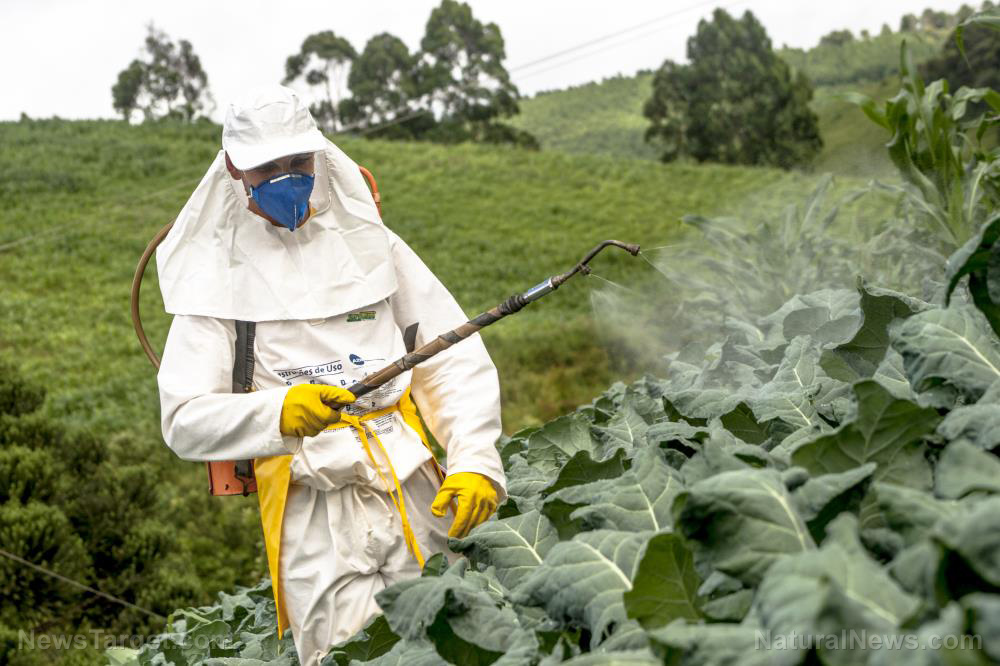

From a scientific view, inorganic pesticides do not contain carbon and are usually derived from mineral ores extracted from the earth. Most pesticide active ingredients are either inorganic or organic pesticides.

On May 24, 2013, the European Commission imposed a number of use restrictions on neonicotinoid insecticides, which are suspected to be a contributing factor of bee colony collapse disorder. Neonicotinoids are a class of neuro-active insecticides chemically similar to nicotine. Examples include epoxiconazole, cyproconazole and flusilazole. Applicators of triazoles are advised to rotate fungicide chemical families in their disease management programs, not simply rotate to a different member of the triazole family. Because their site of action is very specific, there are resistance concerns. Triazoles inhibit the biosynthesis of sterol, a critical component for the integrity of fungal cell membranes, resulting in abnormal fungal growth and eventually death. Examples include atrazine, propazine, simazine, prometone and prometryne. However, many weeds have now evolved triazine resistance. This makes them useful as selective weedkillers. Certain crop plants are resistant to triazines, for example maize roots contain an enzyme that renders them inactive.

The triazine herbicides work by inhibiting electron transport of photosynthesis. Examples include cypermethrin and deltamethrin. These were developed as a synthetic version of the naturally occurring pesticide pyrethrin, which is found in chrysanthemums. Some other examples are aldrin and dieldrin. However many tropical countries still use DDT to control malaria. Most of this group of pesticides have been removed from the market due to their health, environmental effects and their persistence in the environment (e.g. The enzyme effects are usually reversible. These pesticides affect the nervous system by disrupting an enzyme that regulates acetylcholine, a neurotransmitter. Examples include malathion, chlorpyrifos and phosmet. However, they usually are not persistent in the environment. Some are very poisonous (they were used in World War II as nerve agents). These pesticides affect the nervous system by disrupting the enzyme that regulates acetylcholine, a neurotransmitter.


 0 kommentar(er)
0 kommentar(er)
